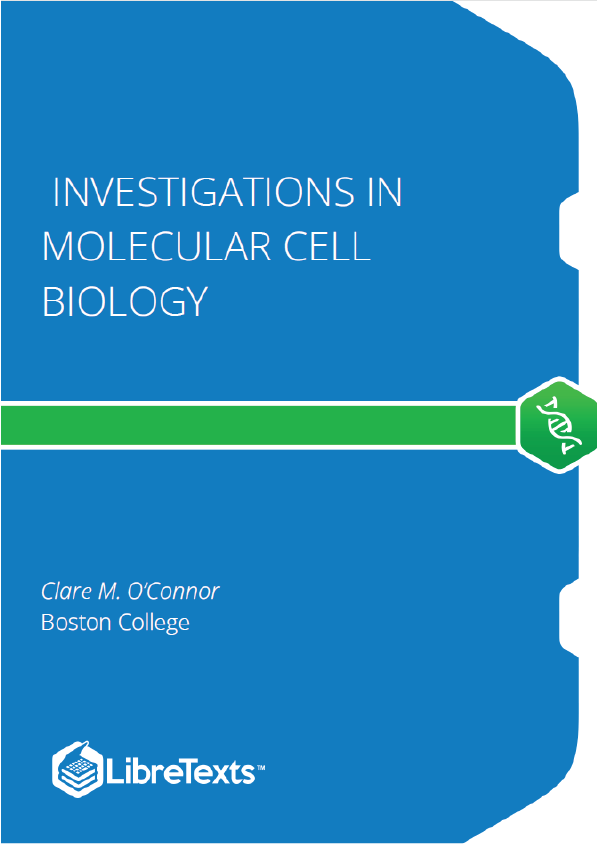Biology education at the undergraduate level is undergoing a transformation. For decades, many have viewed biology as an encyclopedic subject, because of the vast amount of content matter included in the undergraduate curriculum. A recent reevaluation of undergraduate biology education, however, is guiding biology curricula in a new direction, stressing the importance of involving students in the process of scientific investigation in their coursework (Bauerle et al., 2011). This reevaluation process has also challenged educators to sort through the vast amount of content in introductory biology to identify the core concepts that students should learn and the key competencies that students should acquire during their undergraduate education. This course has been designed in line with these recommendations.
Our course research project is designed to illustrate the core concepts of biology:
Evolution: The proteins involved in Met and Cys synthesis show varied patterns of conservation during evolution.
Structure and function: The structures of the proteins involved in Met and Cys synthesis are adapted to their catalytic roles.
Information transfer: Met and Cys synthesis requires enzymes encoded by multiple genes.
Pathways and energy transformation: The enzymes involved in Met and Cys synthesis are parts of intersecting energy-consuming pathways.
Systems biology: The reactions involved in sulfur amino acid synthesis intersect with many other metabolic pathways in cells.
During the semester, students will develop proficiency in some key competencies of professional biologists. Working in teams, students will:
- propose hypotheses and design experiments to test their hypotheses.
- learn basic skills of molecular cell biology.
- collect, organize and interpret experimental data
- find and use information from the primary scientific literature and online databases.
- communicate scientific results in a series of short oral presentations and written reports.
- use feedback from their peers and the teaching staff to compile data from the short interim reports into a final poster and a final report written in the format of a scientific publication.
In the 2015-2016 academic year, we will explore the conservation of Met and Cys biosynthetic enzymes between the budding yeast, Saccharomyces cerevisiae, and the fission yeast, Schizosaccharomyces pombe. As their names imply, S. cerevisiae and S. pombe are sugar-loving fungi that were originally isolated from beer. S. pombe and S. cerevisiae are members of the phylum Ascomycota that can be propagated in both diploid and haploid forms. In response to various stresses, haploid strains of opposite mating types are induced to mate and undergo meiosis. The four spores generated from meiosis are contained within a resistant structure known as the ascus, from which the phylum derives its name. The two species are thought to have diverged from a common ancestor about 1 billion years ago (Hedges, 2002). Since their divergence, the S. cerevisiae lineage has undergone a whole genome duplication, followed by rounds of gene elimination and diversification (Mortimer, 2000). Today, the size of the S. cerevisiae genome (Kellis et al.,2004), ~12.5 Mbp, is similar to that of S. pombe. Because it has undergone less genome diversification, S. pombe is considered to be much closer to ancestral members of the phylum.











